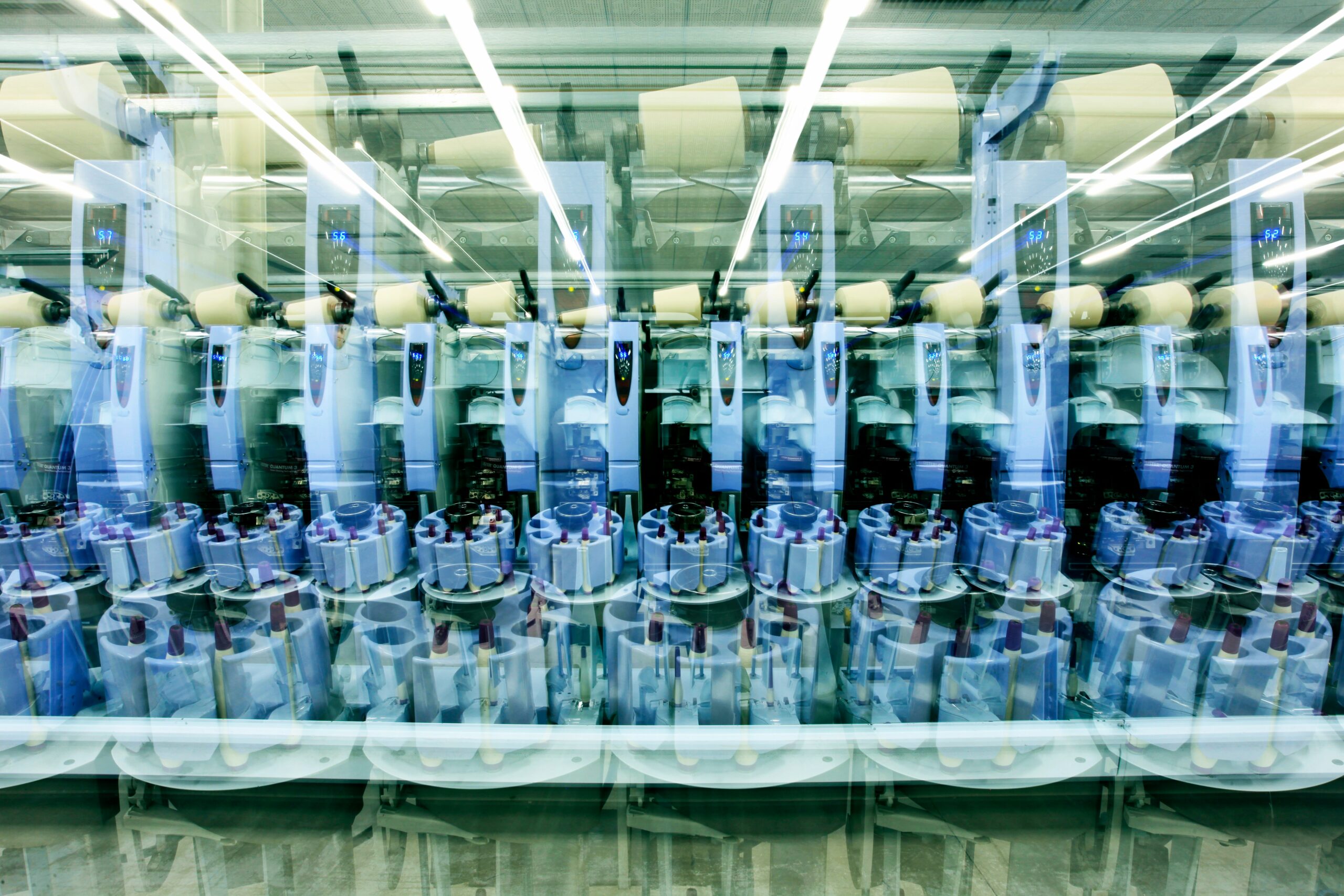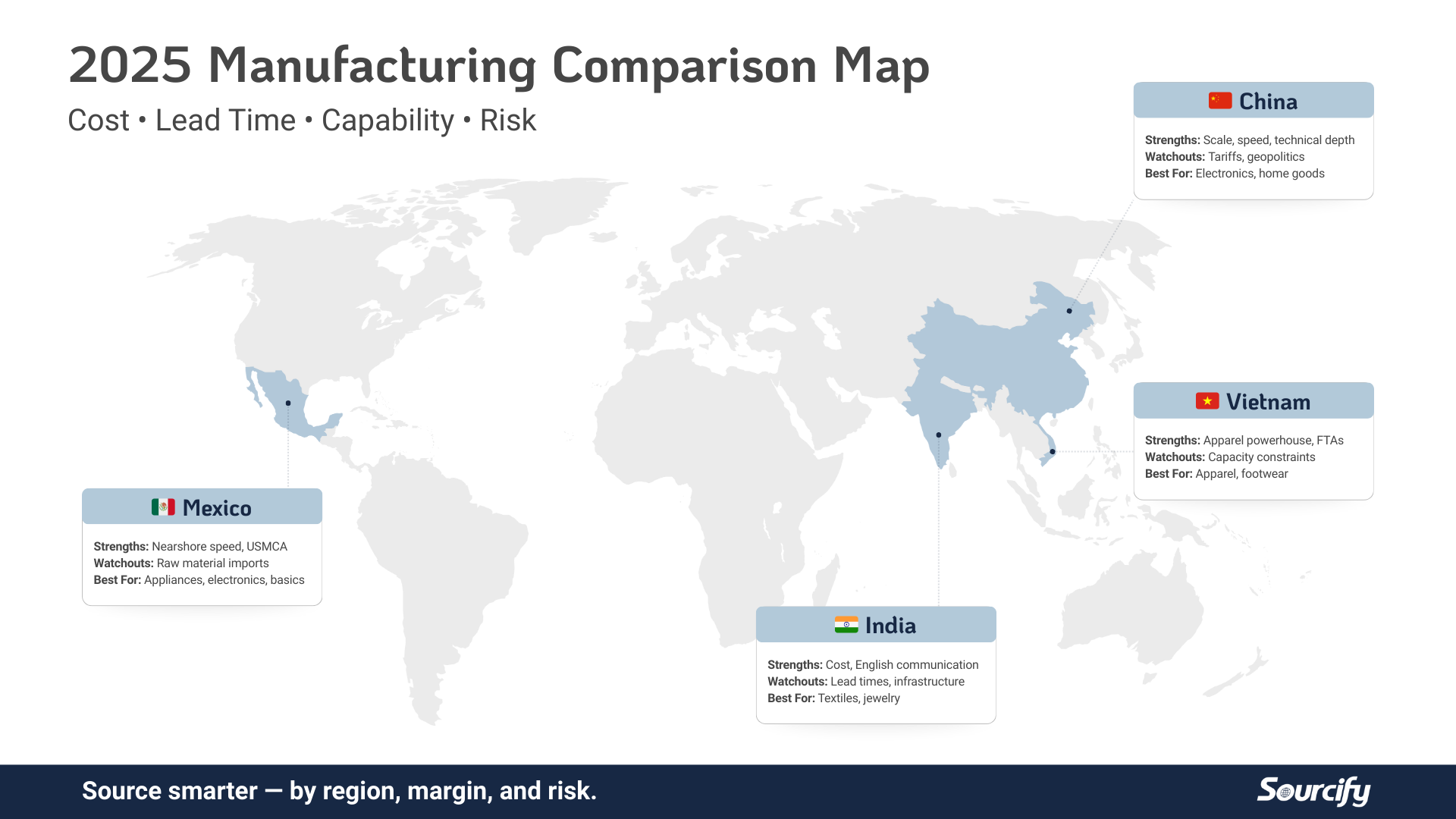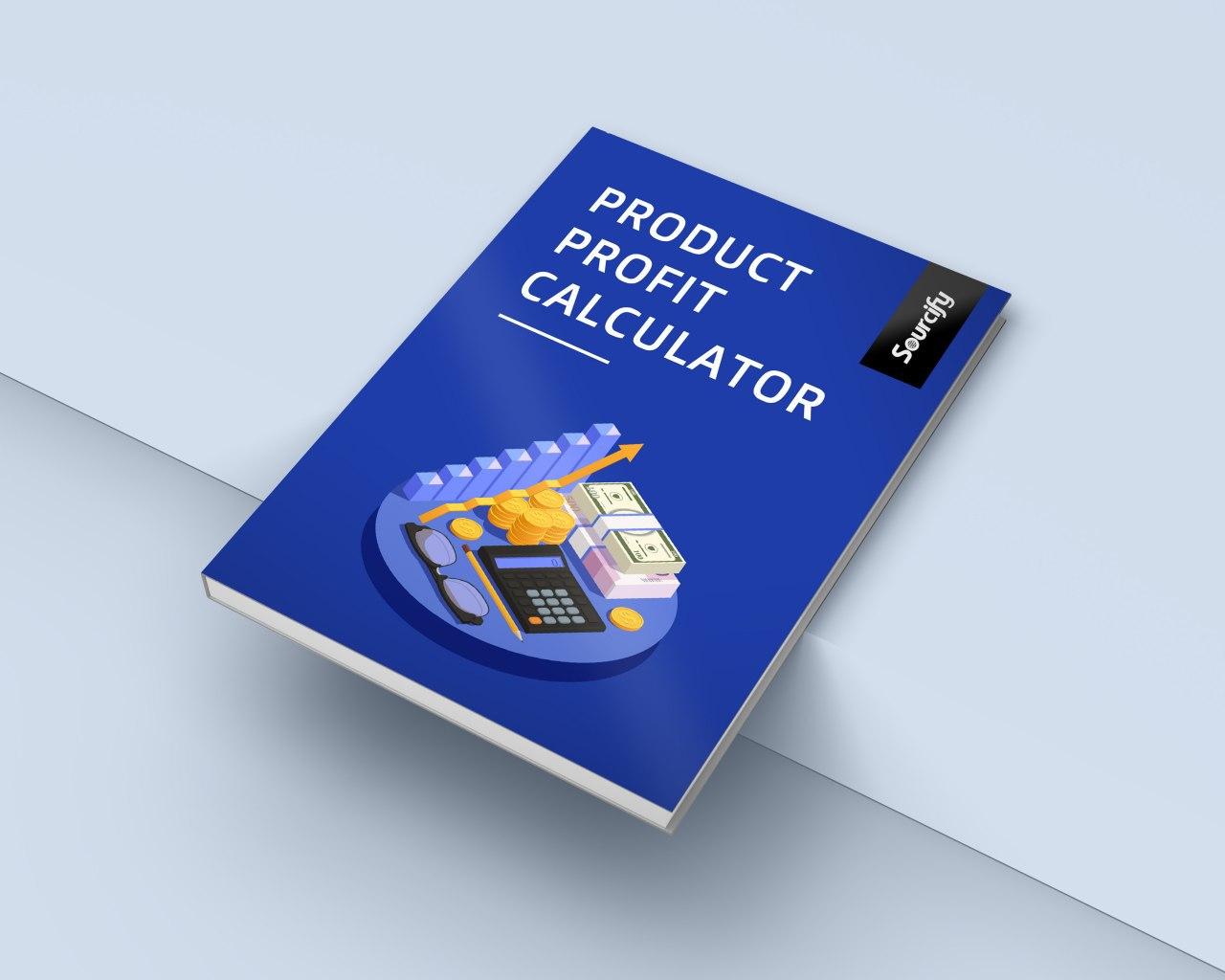In today’s global supply chain environment, understanding how material changes can influence your product’s Country of Origin (COO) is more important than ever. With shifting tariffs and trade policies, savvy businesses are using material changes strategically to optimize their duty rates and comply with complex regulations. In this blog, we’ll explore how altering your product’s materials can impact its COO and tariff classification, ultimately helping you navigate the changing landscape of international trade.
What is Country of Origin (COO)?
Country of Origin refers to the country where the last substantial transformation of a product occurred. This transformation must add value to the product, and it’s critical in determining the tariffs, duties, and eligibility for trade benefits a product will receive. Changes in materials can sometimes trigger a new COO, which in turn may reduce costs, increase trade advantages, or avoid higher tariffs imposed by countries or trade partners.
Key Material Changes That Could Shift COO
- Switching Textiles or Fabrics: The type of fabric used in your product can significantly affect its COO. For instance, moving from synthetic fabrics like polyester or nylon (which may have higher tariffs) to natural fibers such as cotton, wool, or hemp might result in a different COO classification. Additionally, some materials may qualify for preferential tariff rates under Free Trade Agreements (FTAs) or special trade programs, potentially reducing your duty costs.
Example: A t-shirt made from 100% synthetic polyester, originally manufactured in China, may be subject to higher tariffs. However, switching to a cotton blend and sourcing from a country with favorable trade relations (e.g., Mexico) may reduce the tariff rate. - Switching to Lower-Tariff Metals or Components: Different metals, alloys, and materials often fall under different tariff classifications. For instance, using aluminum instead of stainless steel can lower the duty rate. Similarly, substituting one type of alloy with another that qualifies for lower tariffs or is excluded from certain duties can shift your product’s COO and reduce costs.
Example: A bike frame made from stainless steel imported from China might face a 25% tariff. By using a lighter aluminum alloy and sourcing the raw material from a country with more favorable trade agreements, you could significantly reduce tariff expenses. - Packaging Materials and Tariffs: Packaging plays a surprisingly big role in COO determinations. Switching from plastic to paper packaging or biodegradable alternatives could impact your product’s tariff classification. Some sustainable packaging materials might even be eligible for duty-free treatment in certain countries, so switching packaging materials could potentially make a product cheaper to import.
Example: Packaging for an imported product made of plastic might attract a high duty, whereas packaging the same product in recyclable paper or cardboard could allow you to take advantage of preferential tariff treatment under certain FTAs. - Substituting High-Duty Materials for Alternatives: Some materials like high-end leather or specialty metals may attract higher tariffs. Finding a lower-cost substitute that doesn’t affect the product’s functionality could shift the COO and reduce the tariff rate. For example, substituting genuine leather with a high-quality synthetic leather might be classified differently for tariff purposes.
Example: Leather wallets made from genuine cowhide might be classified at a higher duty rate than those made from synthetic leather. By using eco-friendly faux leather, manufacturers can potentially reduce duties, depending on the origin and classification.
How Material Changes Impact Duty and Tariffs
Material changes can directly affect the tariff classification of your product. This means that switching materials might:
- Lower tariffs: Certain materials may qualify for lower duty rates depending on trade agreements.
- Make your product eligible for duty-free status: Some materials may qualify for duty-free treatment under specific trade programs, such as the Generalized System of Preferences (GSP) or the African Growth and Opportunity Act (AGOA).
- Change the tariff classification: A material change may cause your product to fall under a new tariff code, which can either increase or decrease the duty rate.
Tips for Navigating Material Changes
- Work with Tariff Experts: Consulting with trade experts or customs brokers early on can help you understand the tariff implications of changing materials.
- Track Trade Agreements: Always monitor the evolving trade policies and FTAs between countries to identify opportunities for material changes that can optimize your duty rates.
- Document Changes Properly: Ensure all material changes are documented and comply with the rules of origin requirements for the country you are exporting to.
Conclusion
Material changes can be a powerful tool in reducing costs, optimizing trade advantages, and ensuring compliance with international trade regulations. By carefully selecting materials that qualify for lower tariffs or preferential trade treatment, businesses can strategically improve their bottom line. Whether you’re in apparel, electronics, or consumer goods, the materials you choose could be the key to lowering your import duties and maximizing your profitability.




